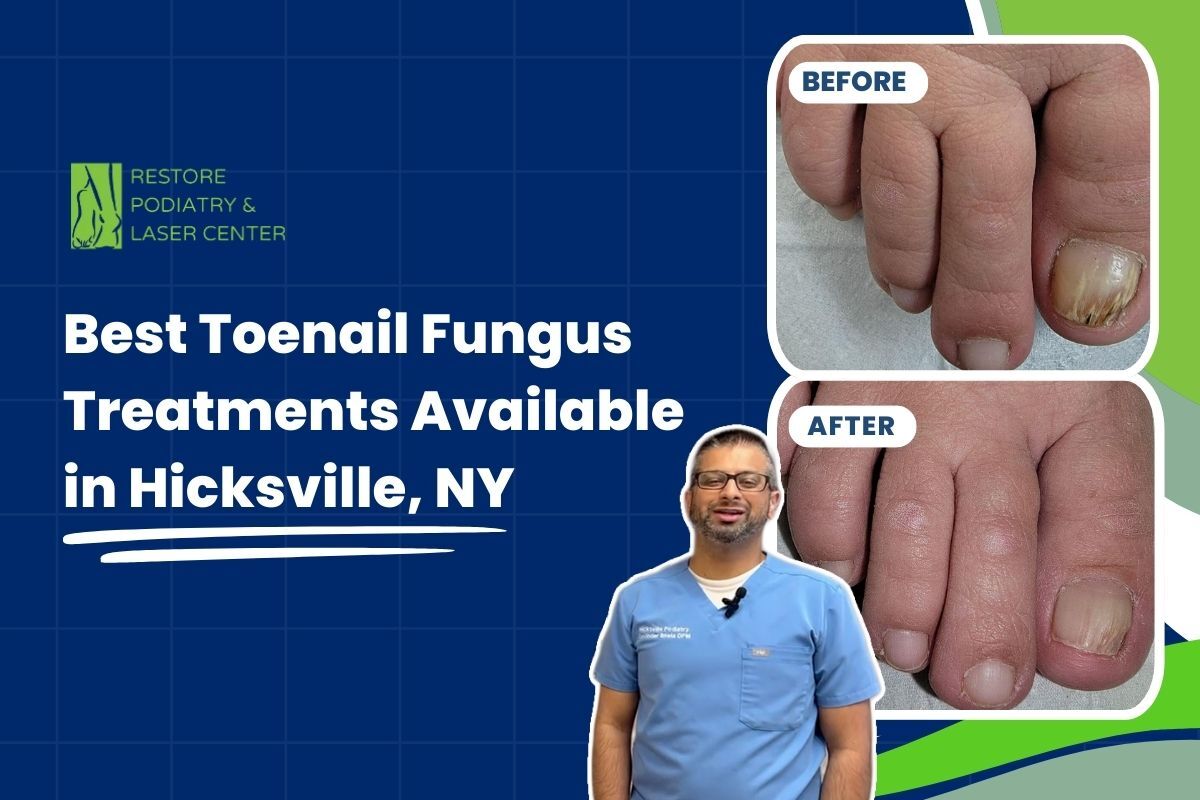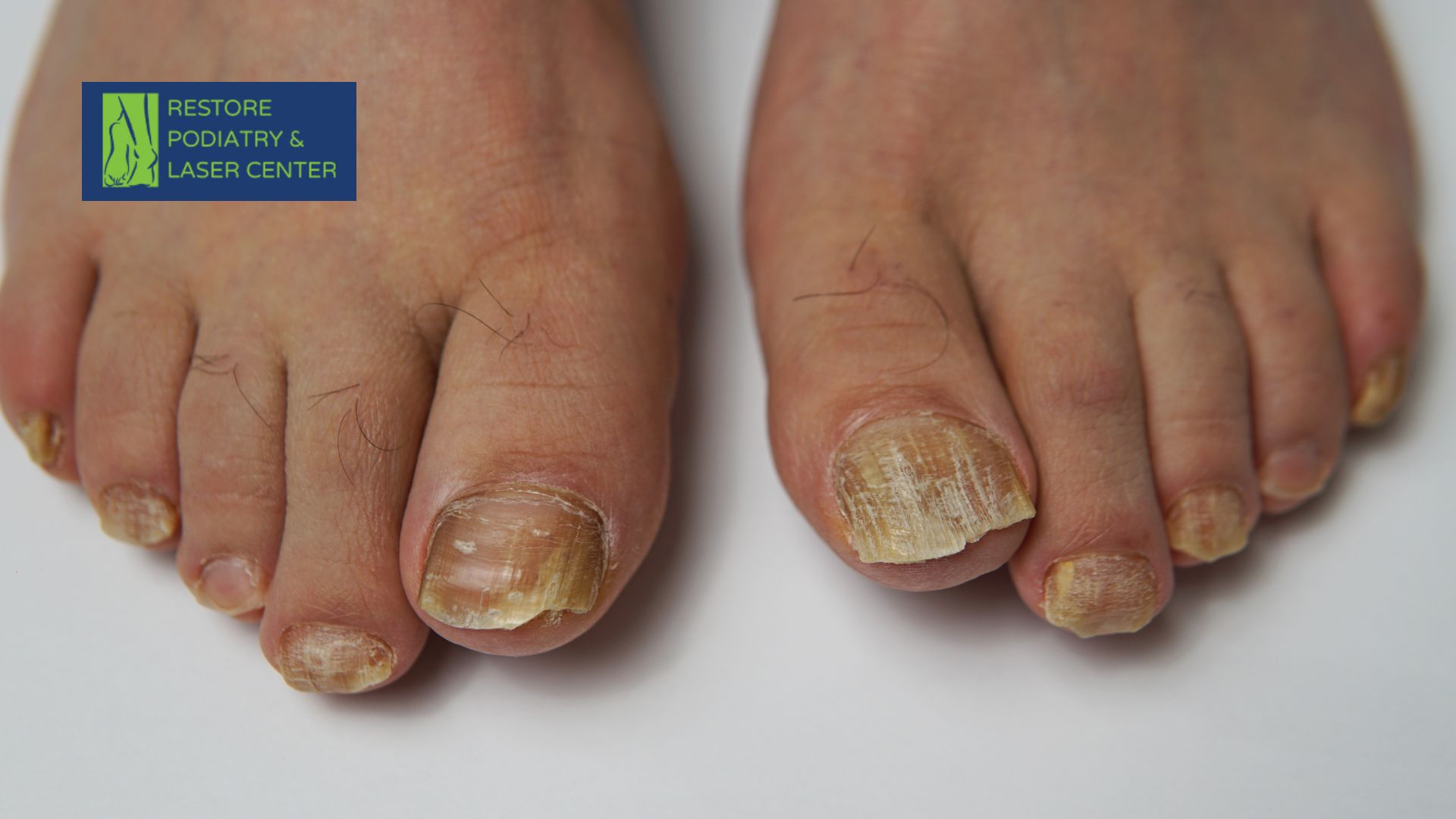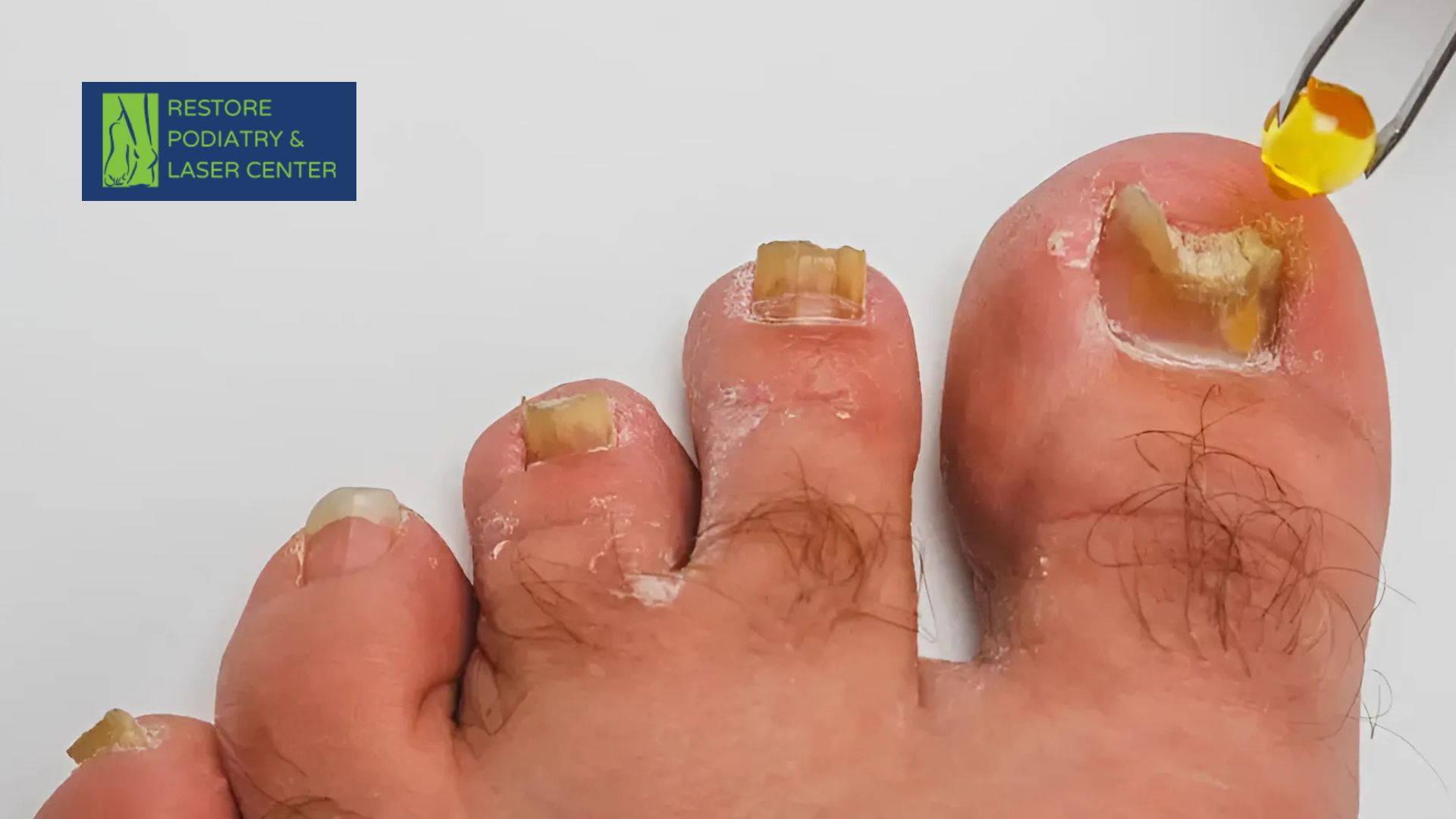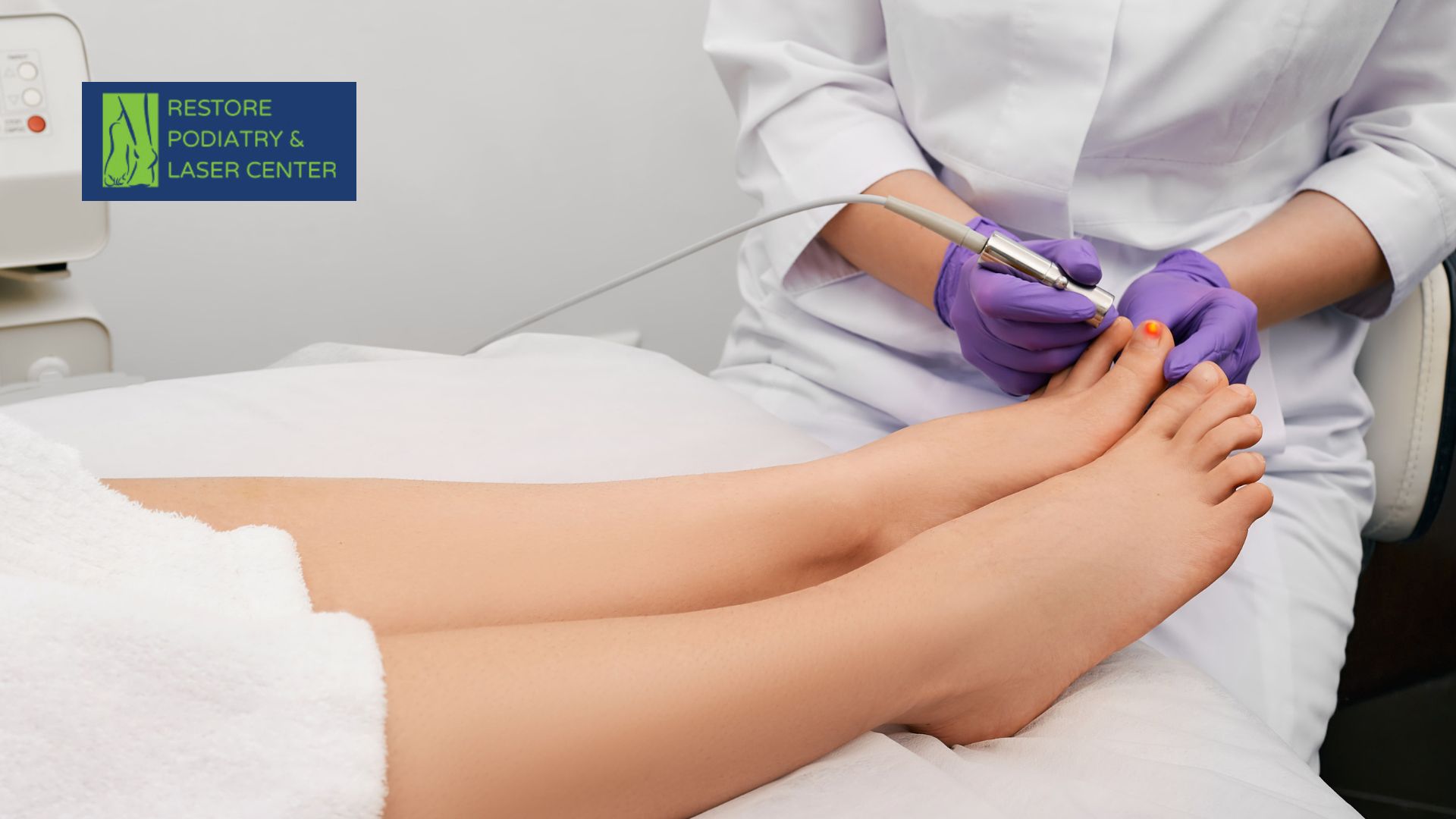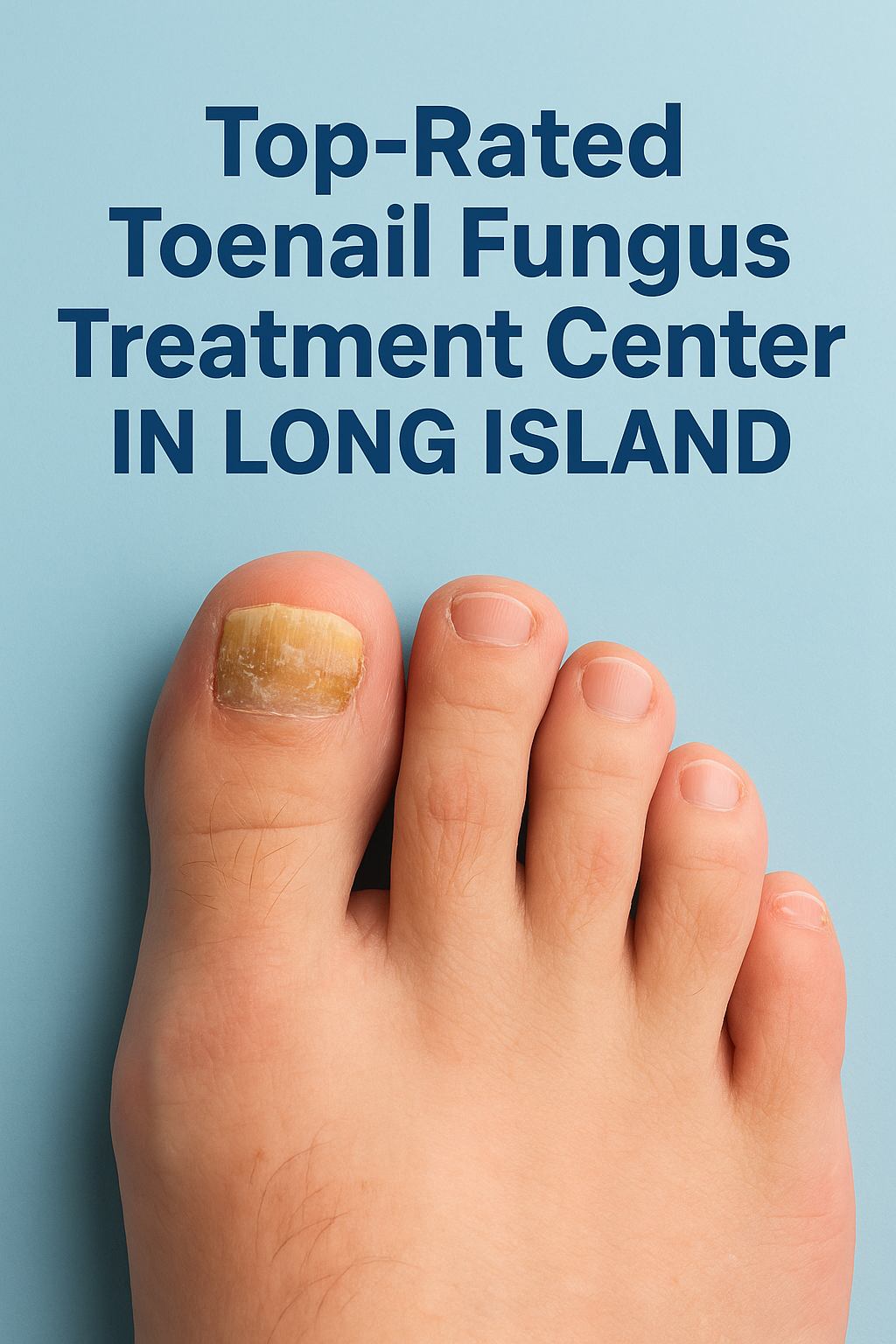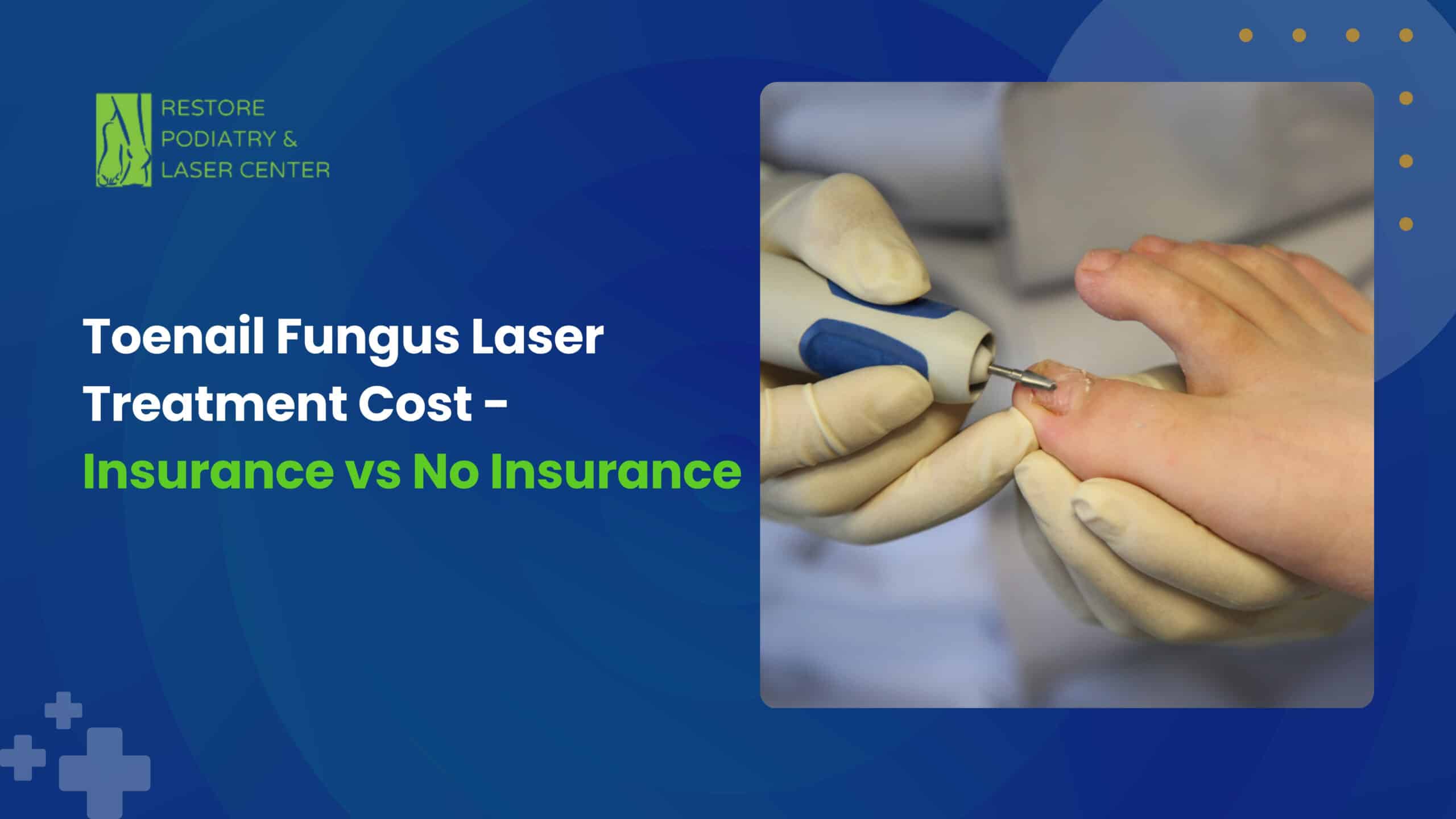Certain toenail treatments that are available without a prescription from a doctor may be effective.
- Antifungals: You can try antifungal lotions and creams from your neighborhood pharmacy. Although they are inexpensive, they frequently lack the strength to eradicate the fungus. An infection treated in this manner may occasionally go away for a while before returning. You’ll have to try something else if that occurs.
- Mentholated Salve: According to certain studies, a mentholated salve helps eradicate a fungal infection. Apply a tiny bit to the nail each day.
- Snakeroot Extract: A naturally occurring antifungal, snakeroot belongs to the sunflower family. It performs as good as a prescription antifungal cream for certain people.
- Tea Tree Oil: You might try using this oil twice a day on your afflicted nail because it is a natural antibacterial. Tea tree oil can be poisonous, so never use it orally. The effectiveness of this treatment is still unknown.
- Vinegar or Listerine: To dry out the afflicted nails, some people suggest soaking them in vinegar or Listerine for five minutes each day.

